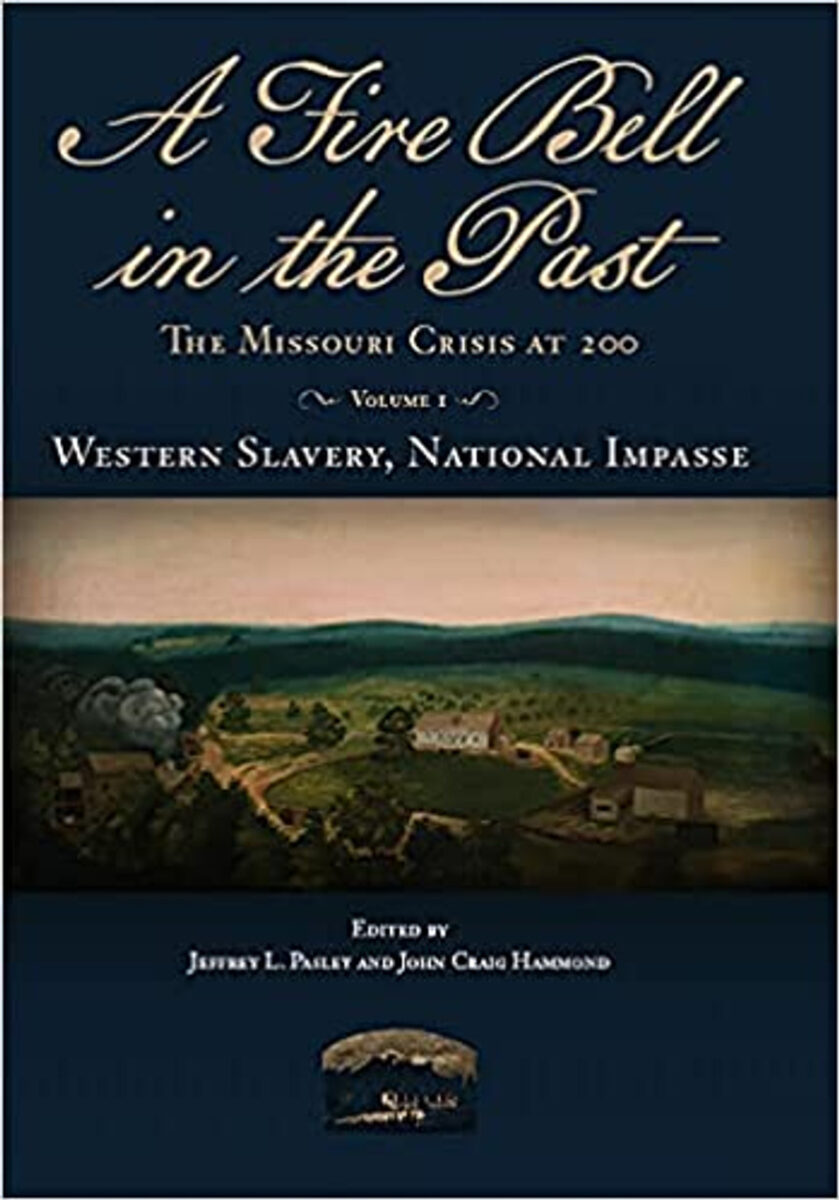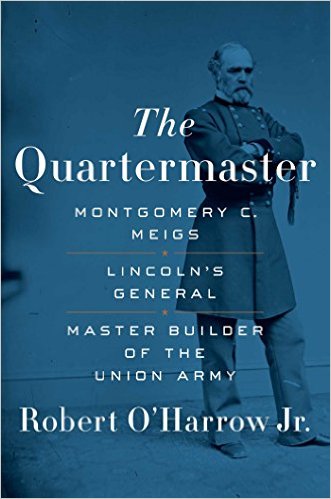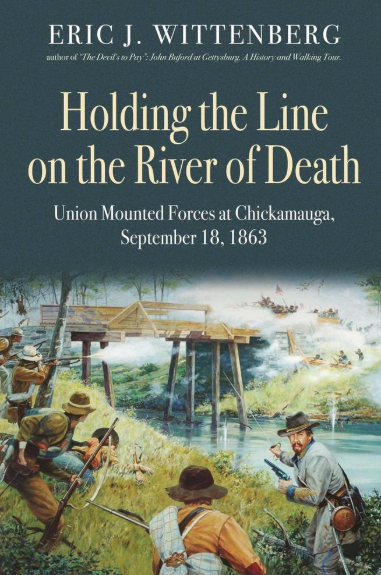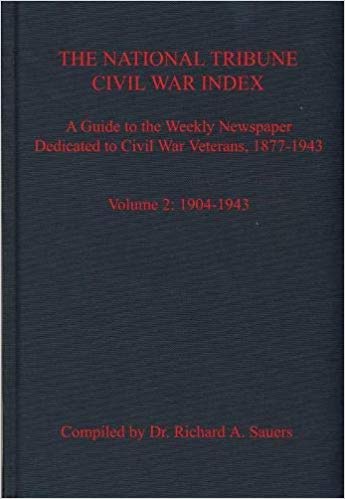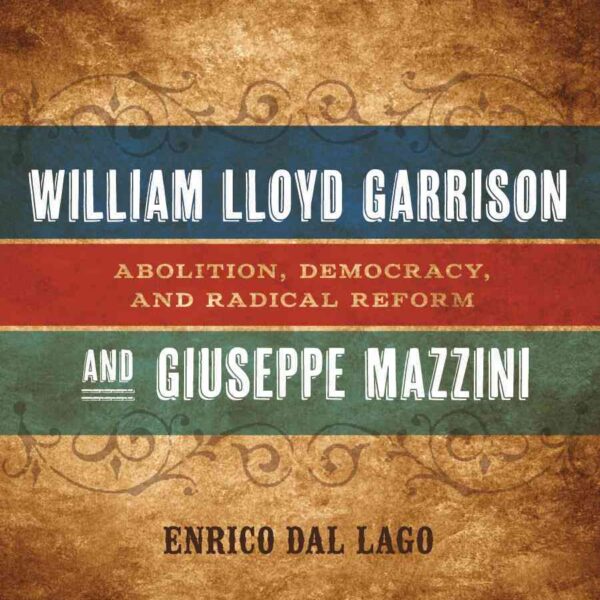To commemorate the bicentennial of Missouri’s statehood, editors Jeffrey Pasley and John Hammond have assembled a superb collection of essays that address the controversy surrounding the state’s entry into the Union. The editors contend that, until the 1960s and 70s, scholars primarily viewed the early antebellum era through the rise of the Jacksonian “common man,” excluding discussions of race and slavery. After the radical changes in scholarship during the mid-twentieth century, however, the academy splintered. Historians of the New Left took up studies of race and slavery as the centerpiece of antebellum history, often neglecting political events. Meanwhile, many political and intellectual historians ignored these developments, treating race as an afterthought in their exhaustive studies of the founding generation. From this historiographic schism, Pasley and Hammond present their volume as a new way forward—a combination of social and political history which acknowledges the centrality of race while also studying how these social realities interact with political events.
The book contains eleven essays which are divided into three parts. The first examines the lead-up to the crisis. By tracing the roots of slavery in the Missouri territory back to Spanish and French control, John Hammond shows that the peculiar institution held a central role in the economy and identity of white Missourians before the land came under American influence. Shifting the discussion to the federal level, Jeffrey Pasley argues that a controversial congressional pay raise led American voters to unseat many incumbents before Missouri applied for statehood. The freshmen of the Fifteenth Congress, therefore, held few fixed loyalties to established parties or economic interests, allowing them to challenge slavery’s future in the United States. Lastly, Robert Lee explores an overlooked cause of the crisis: demographics. Using population data, Lee shows that a Missouri settlement called “Boon’s Lick” became “the fastest-growing region in the entire United States” in the 1810s. This population explosion resulted from Missouri governor, William Clark’s, “massive grab of Indigenous land,” which accelerated Missouri’s population growth and allowed it to apply for statehood (77). Lee’s essay provides novel insight into why the Missouri Crisis happened at the time and place that it did. If Missouri’s population had not surged, and the state joined the Union a few years later, James Tallmadge (the namesake for the Tallmadge Amendment that proposed gradual abolition) would not have been in the House of Representatives, as he only served until 1821. A different composition of legislators surely would have altered the course of events.
Part two centers on how politics and power relate to the Crisis. Focusing on state politics, Christa Dierksheide argues that Missouri politicians favored slavery but feared creating a majority-slave society that could foment massive rebellions. Consequently, these leaders enacted interstate migration policies that limited the number of slaves brought into the state. Taking the perspective of southern politicians, John R. Van Atta contends that the crisis resulted in southerners growing distrustful of the North. Increasing antislavery rhetoric caused southerners to see elections as winner-take-all affairs in which their economic and social system could be devastated by a loss in political power. As a result, local, state, and national politics became more polarized and sectional. In his essay, Donald Ratcliffe questions the consensus view of the Missouri crisis, which holds that northern “doughface” politicians submitted to pro-slavery interests. Both sides, he maintains, initially refused to compromise on their ideals; many southerners rejected any federal intervention in the creation of state constitutions, and northerners aspired to bar slavery from the entire Louisiana Purchase. In the end, northerners prevented slavery from spreading to a substantial portion of the new territory. In addition, they limited slavery to the American southwest, which many regarded as infertile due to the explorer, Zebulon Pike, comparing the land to the “sandy deserts of Africa” (227). Indeed, Ratcliffe bolsters his compelling case for a revision of the crisis with evidence that contemporaries “thought the overall result of the compromise was an antislavery victory” (235). In looking ahead to the Civil War, scholars may be projecting the sectional strife of the 1850s onto the 1820s.
Part three delves into personal stories from the crisis and their relation to politics. Sarah L.H. Gronningsater’s essay looks at the life of James Tallmadge and how he came to his antislavery beliefs. From his birth in New York to his days at Providence College, the politics of the Northeast inspired his belief in the gradual abolition of slavery. Turning the spotlight on an overlooked founder, David Gellman follows the John Jay family over three generations as they navigated slavery and the Missouri crisis. Likewise, both David Waldstreicher’s and Andrew Shankman’s essays use the careers of northern politicians to demonstrate the evolving views of slavery in the North. Waldstreicher navigates the thoughts of John Quincy Adams, and Shankman shows that Latin American revolutions during the 1820s convinced many northern statesmen that slave and free labor could not coexist.
Following the story of an enslaved woman named Winnie who sought her freedom in court, Anne Twitty’s essay best exemplifies the personal as political. In Winnie v. Whitesides (1824), the plaintiff argued that her master had brought her into free territory, which should eliminate her bondage under the “once free, always free” precedent (306). Winnie’s suit occurred during the crisis, in which Missouri politicians battled for the state constitution to include a right to slavery. Despite the state’s commitment to enslaved labor, Missouri stayed relatively moderate. Winnie’s case continued after the Crisis, and the state continued to allow freedom suits until Scott v. Emerson (1852). Twitty’s essay raises intriguing questions about the possibility of justice for African Americans in antebellum Missouri.
In sum, Pasley and Hammond’s thematic combination of political and social history succeeds in presenting a novel look into the Missouri Crisis.
Josh Waddell is a graduate student in the Department of History at the University of Georgia.
